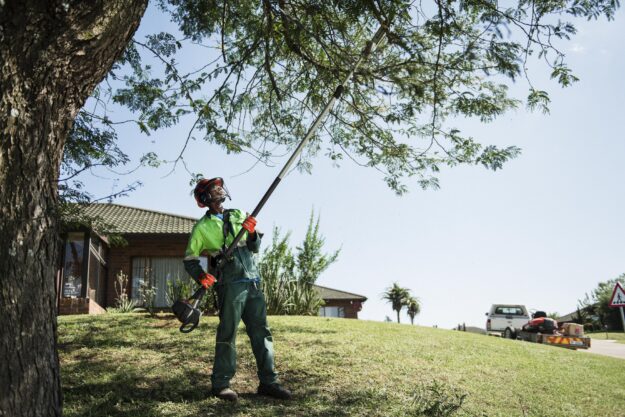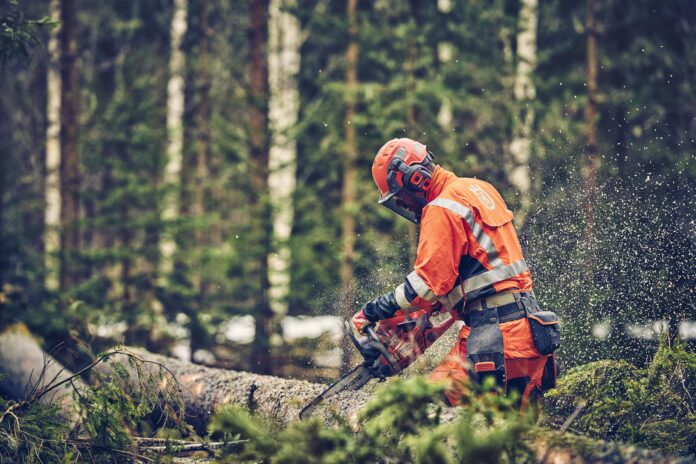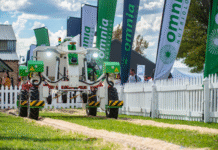When it comes to cutting trees, branches, and thick vegetation, two tools often come into play: the chainsaw and the pole saw. Though both are engineered for similar tasks, selecting the right one depends heavily on the specifics of the job at hand—such as height, material thickness, and power requirements.
Brad Barthorpe, Sales Manager – Distributors Africa at Husqvarna South Africa, weighs in on how to choose the ideal tool. “Traditionally, chainsaws were only used by farmers and tree fellers, but today’s homeowners use them for anything from cutting firewood to felling trees and building wooden fences,” says Barthorpe.
“While chainsaws and pole saws are both powerful, easy to handle, and will get the job done, you should select your saw based on what you plan to use it for most often. A chainsaw is best for heavy-duty work like cutting large trees and thick logs at eye level; a pole saw will do the trick for precision pruning, like cutting twigs, branches, or other vegetation in hard-to-reach, higher places,” he explains.
Similarities Between Chainsaws and Pole Saws
Despite their differences, both tools share a number of key characteristics:
- Single Purpose: Unlike multi-blade saws designed for different materials, both chainsaws and pole saws are purpose-built for cutting trees and vegetation.
- Energy Sources: Both are powered by motors that can run on petrol, battery, or electricity.
- Chains: They operate using rotating chains with cutting teeth on a guide bar.
- Handheld: Neither tool is fixed or bench-mounted; they are operated entirely by hand.

Key Differences That Matter
- Handle: The pole saw boasts a long handle, making it ideal for reaching high branches. Chainsaws have short, fixed handles, perfect for work done at eye level or closer.
- Weight: Chainsaws are heavier, built for cutting thicker wood. Pole saws are lightweight to allow overhead use.
- Blade: Chainsaws typically have longer blades, enabling them to cut through large tree trunks. Pole saws are designed for smaller branches, usually 25–40 cm thick.
- Power: In general, chainsaws are more powerful than pole saws.
- Application: Chainsaws offer greater versatility, suitable for felling trees, slicing logs, and trimming ground-level branches. Pole saws excel in high-reach pruning tasks, offering balance and control.
- Safety: Chainsaws pose a greater risk of accidental cuts, while pole saws are more associated with hazards from falling branches.
- Price: Depending on the brand and model, chainsaws tend to be slightly more affordable than pole saws.

Barthorpe’s advice is clear: whether you’re a professional forester, a farmer, or simply a gardening enthusiast, assess the tasks you’ll handle most frequently before making your purchase. “Regardless of whether you’re a farmer, forester or simply an avid gardener, when choosing which saw suits your needs best, it is important to look at the tasks you’ll tackle most frequently, and purchase a saw based on those,” he concludes.
For more details, visit www.husqvarna.com/zm or contact your nearest Husqvarna dealer.








